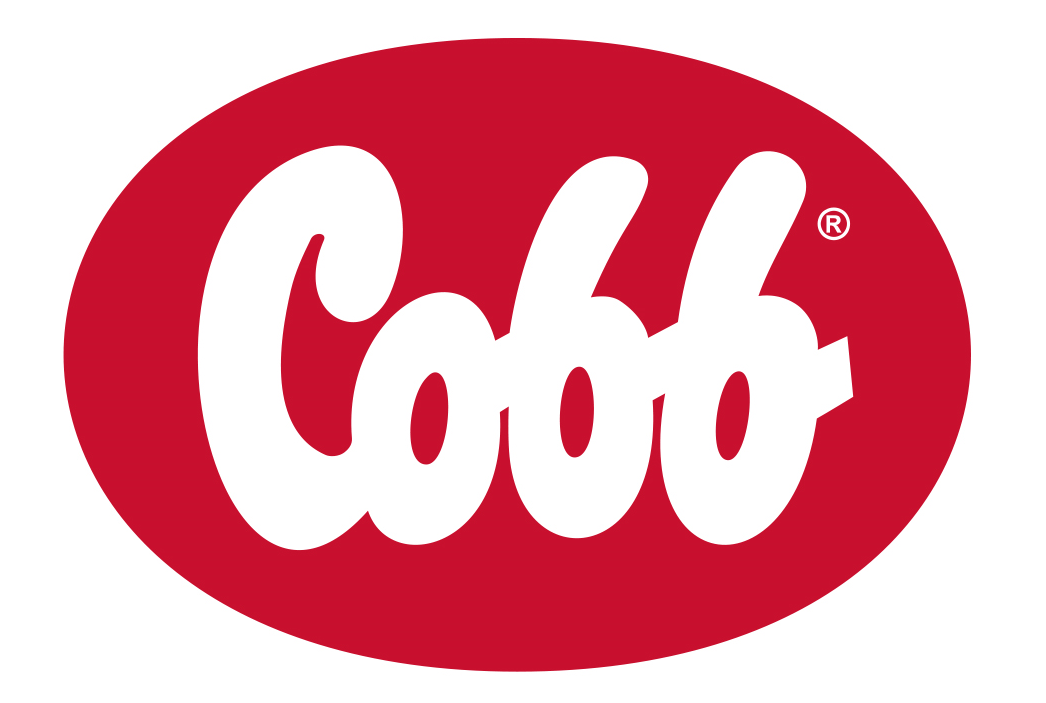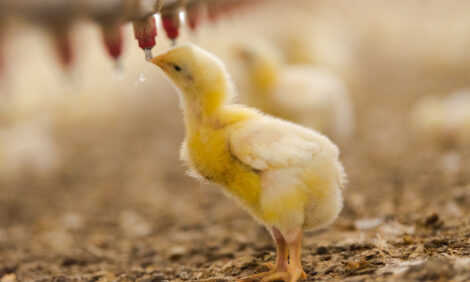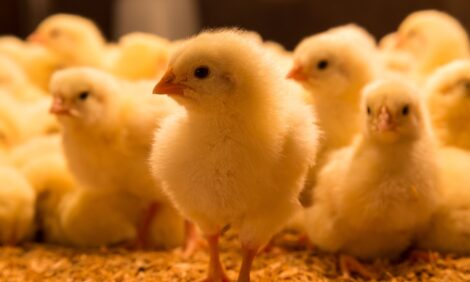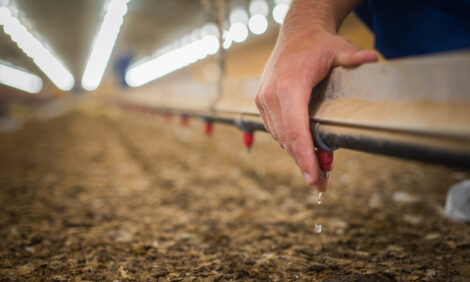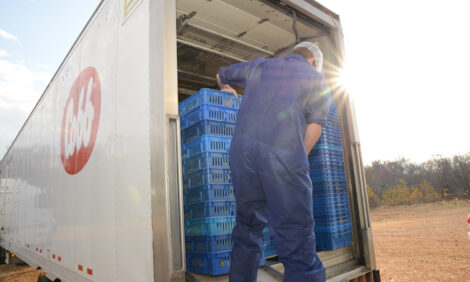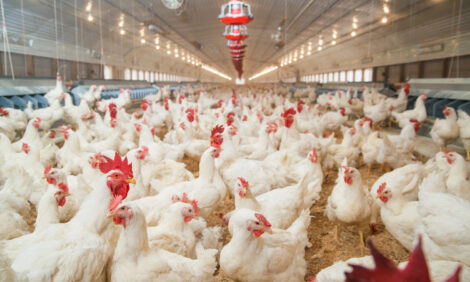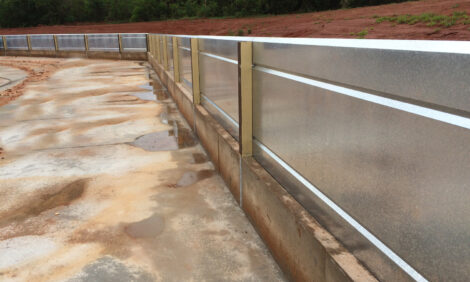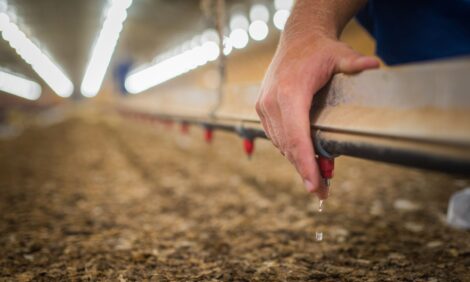



Cobb Breeder Management Guide: Avian pathogen control program
Learn more about preventing and controlling avian pathogensPart of Series:
< Previous Article in Series Next Article in Series >
Editor's note: This article is an excerpt from the Cobb Breeder Management Guide and additional articles will follow. The Guide was designed to highlight critical factors that are most likely to influence flock performance. The management recommendations discussed were developed specifically for Cobb products. The recommendations are intended as a reference and supplement to your own flock management skills so that you can apply your knowledge and judgement to obtain consistently good results with the Cobb family of products. To read or download the complete Guide or to view Cobb's other management guides, click here.
Many countries have national poultry health programs to provide disease-free certification for poultry flocks and to help prevent and control avian pathogens. Examples of these national poultry health programs include: US Department of Agriculture National Poultry Improvement Program (USDA-NPIP); UK Poultry Health Scheme; Brazil PNSA (Poultry Health National Program).
Typically, national poultry health programs include biosecurity standards, and a framework strategy for monitoring, preventing and controlling these primary poultry pathogens. Specifically for chicken flocks, pathogens normally incorporated into a national poultry health program include: Mycoplasma gallisepticum, Mycoplasma synoviae, Salmonella pullorum, Salmonella gallinarum, Salmonella enteritidis, Salmonella typhimurium, Newcastle disease and avian influenza.
If participating in a national avian health program or designing a pathogen control program for your company, the following items should help ensure compliance and disease prevention:
- Concrete floors are ideal for effective cleaning and disinfection.
- Only farm personnel should have regular access to the flocks. Farm personnel should only visit flocks for which they are responsible. Keep all houses locked to prevent unauthorized entry. A logbook recording all incoming personnel or visitors should be kept on site.
- Any contact with poultry outside of the farm, including feed store chicks, zoos, poultry shows, fairs, wet markets or exhibitions is strictly prohibited. In the case accidental bird contact happens, personnel should report this to a manager and should not enter the farm. We strongly recommend a minimum of 72-hours of “no bird contact” for any accidental bird contact before staff return to a production facility to prevent disease introduction.
- All personnel should shower and change clothes between visits to different units within a farm. If a flock is found suspect or positive, that flock should be put under strict quarantine, and visited last.
- A different set of footwear must be worn in each house. A complete set of clean protective clothing and boots must be provided for flock supervisors and visitors. Hand sanitation stations should be present at all entry doors into the chicken house and into each airspace. Disinfectant foot pans or boot scrubbers should be present at all entrances into each chicken house prior to the actual footwear change.
- Since humans can potentially transmit some species of Salmonella to poultry, team members with gastrointestinal issues (particularly diarrhea and vomiting) should immediately report to management before starting to work with poultry or poultry feed.
- If possible, farms should be operated in an “all-in, all-out” manner to avoid multi-age flocks. If large farms have multi-age flocks, each sector or defined zones of the farm should have specific biosecurity requirements and flocks within each house should be ‘all-in, all-out’ to ensure that health status of the flock is optimized.
In accordance with the company veterinarian and the national poultry health program requirements, samples should be collected regularly to monitor the health status of the flock. The type of sample (swabs from birds, blood sample, or environmental sample), the quantity of samples required and the frequency of samples must be specified to ensure that health monitoring provides an accurate assessment of pathogen absence within the flock. A reliable laboratory capable of accurate testing for avian diseases and salmonella is very important.
If samples result in a suspect or confirmed case of disease, immediate biosecurity restrictions should be placed on the house/farm to control pathogen spread and to prevent disease in other flocks. Additional diagnostic samples must be obtained to confirm the disease in the suspect house and to confirm disease absence in other houses on the farm.







